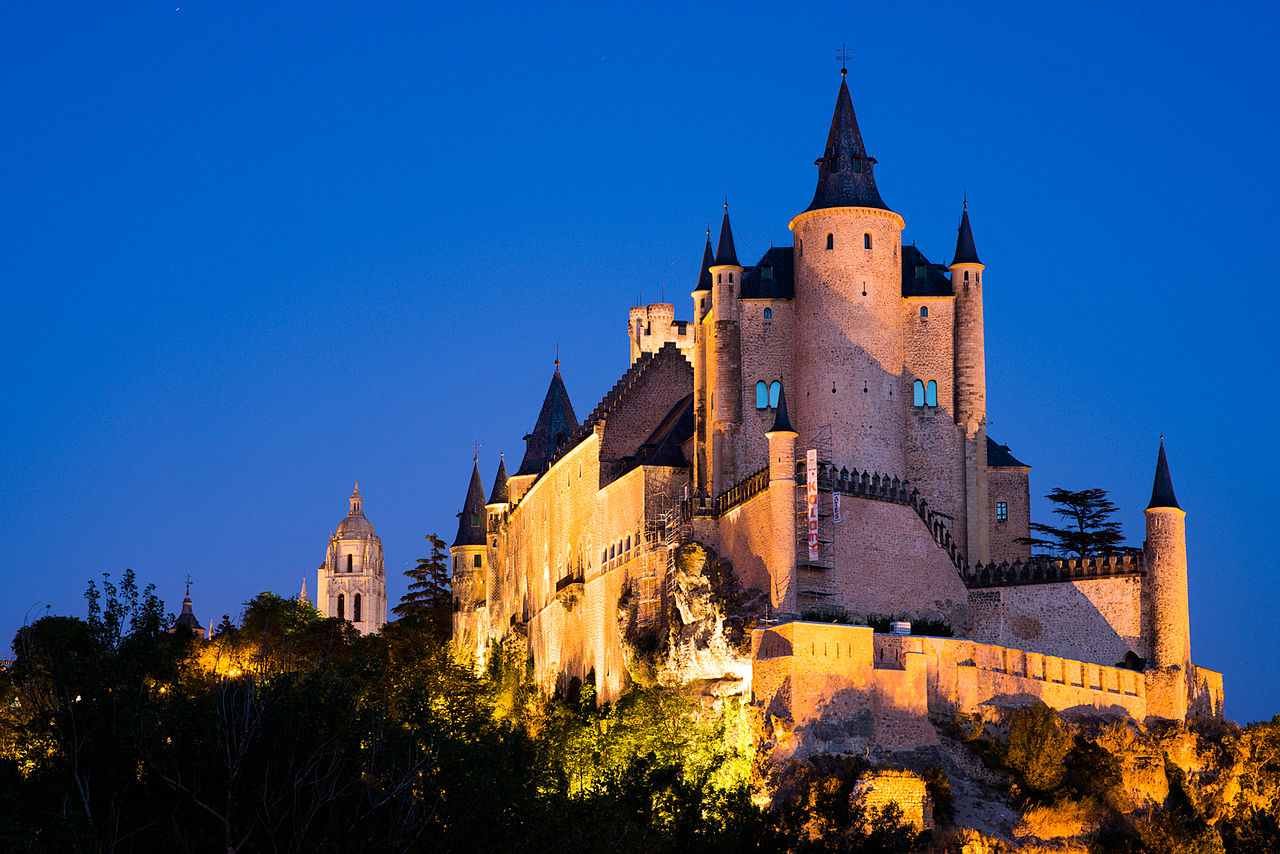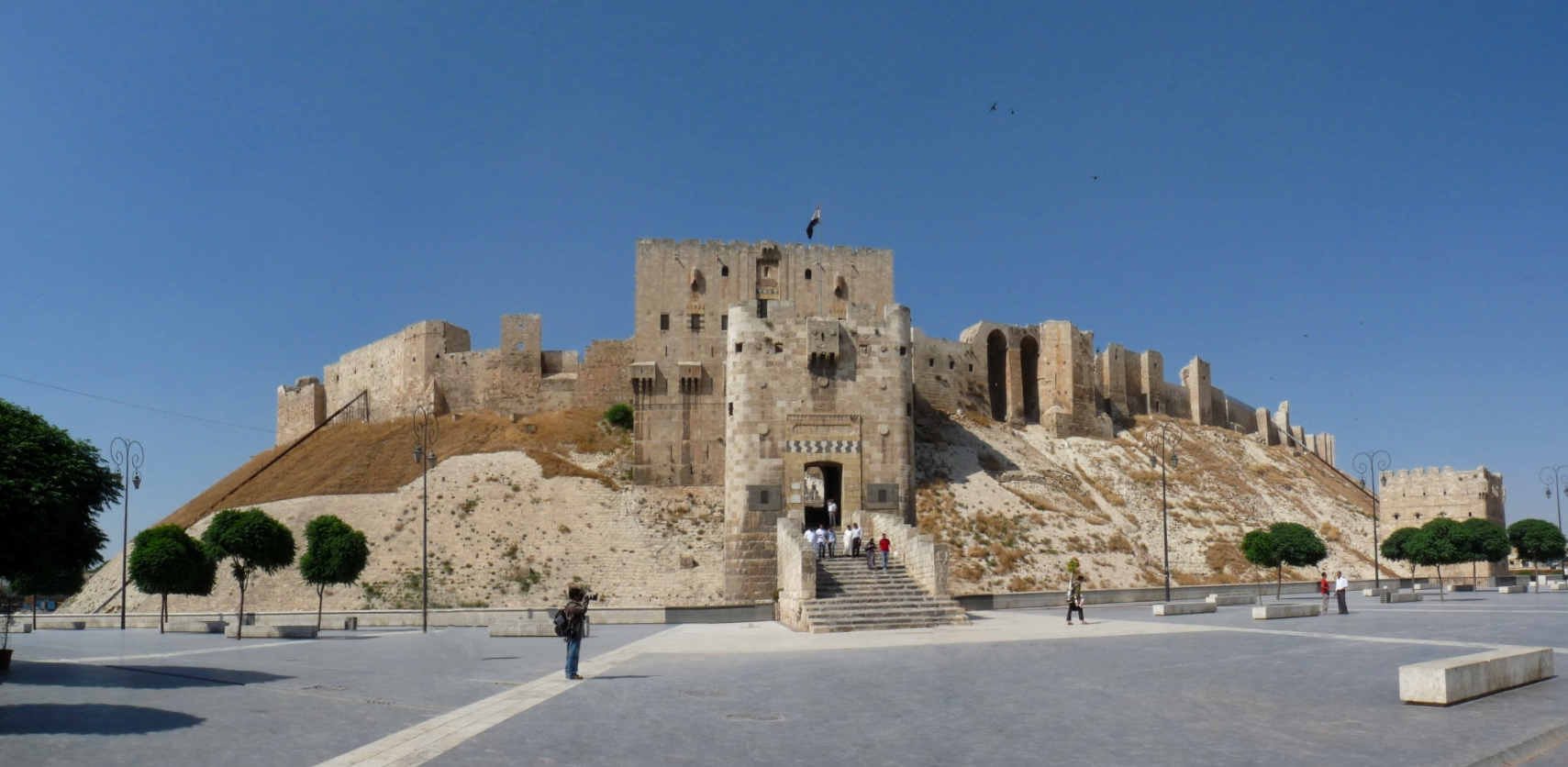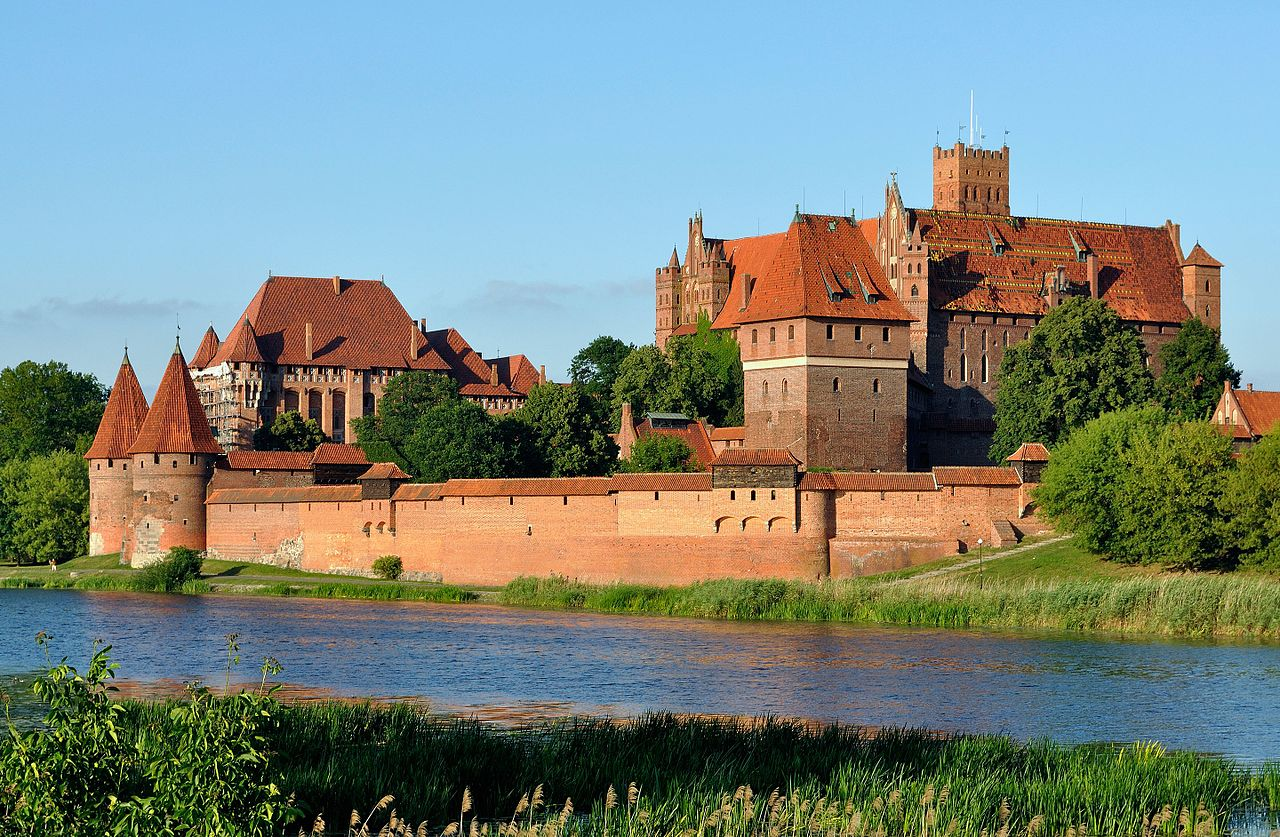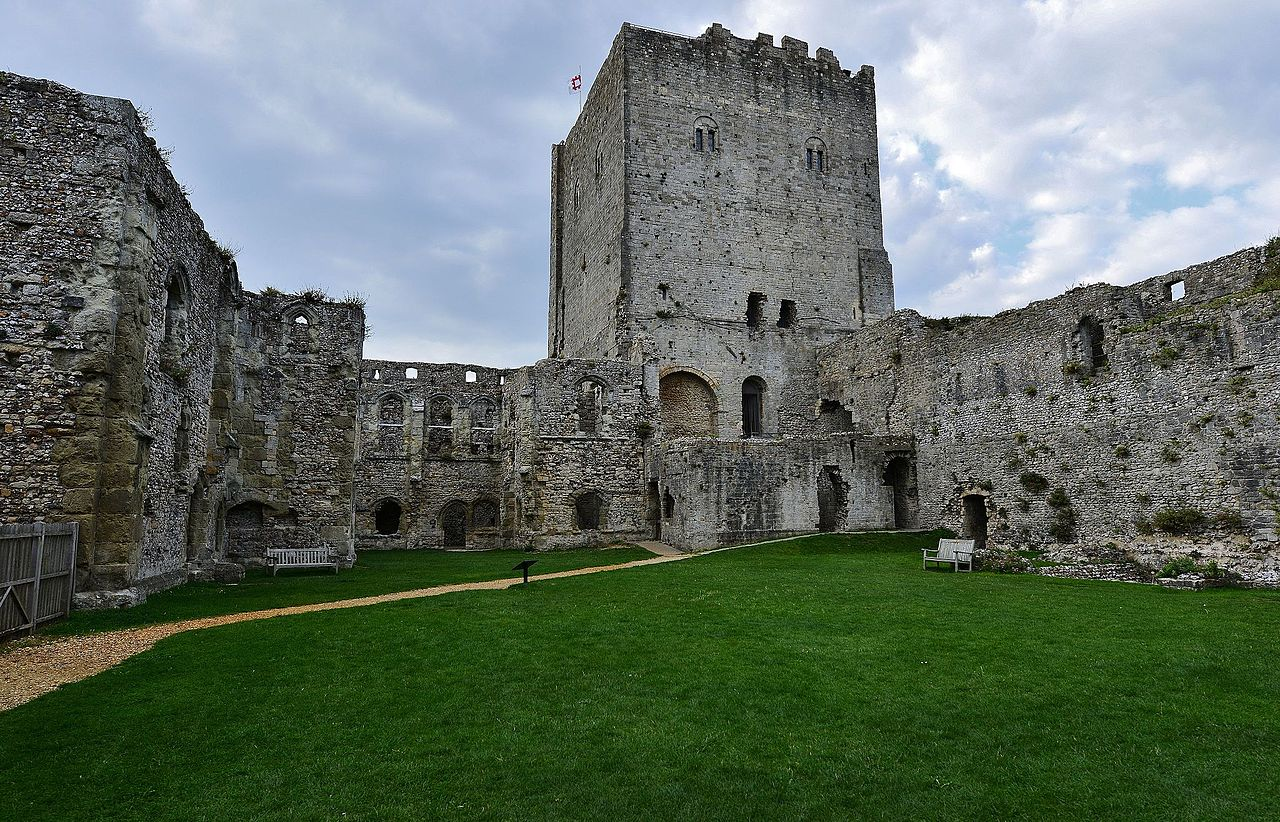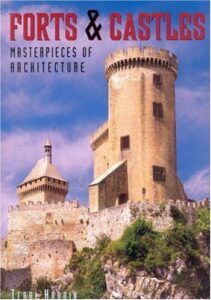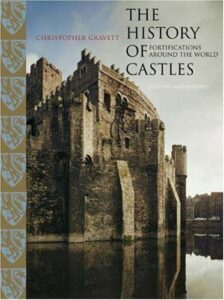LIBRARY BLOG
Famous Fortresses of the World
Great fortresses have been around since the early history of humankind. They are a safe place to protect people from the elements as well as each other. The great age of castles began almost a thousand years ago, but fortresses were once made from wood. It is the magnificent stone structures that have stood the test of time which we can still see today. The most important element of a good fortress is its location. Many were built in strategic locations and helped to protect the entire village. Without the invention of great fortresses life for humans would have been much different. Today, with thanks to preservation efforts, we are able to get a glimpse into what life was like for the inhabitants of these remarkable structures.
Alcazar of Segovia in Spain
Like most medieval fortresses, Alcazar of Segovia started out as a Roman fortress. The Romans occupied the Iberia Peninsula, modern day Spain and Portugal, for about 600 years between 218BCE to 409CE. It was during this time that the original structure was built. Later, in the 700s during the Muslim Era, the fortress was rebuilt over the wooden roman structure, however that new structure was also eventually replaced with the stone walls we see today. The castle was not mentioned until 1155 when King Alfonso VIII of Castile decided to make it the royal residence. This was when work began on the stone structure that we see today. It was the place of residence for all Castile monarchs throughout the middle ages. Its placement at the conjunction of two rivers and atop part of the Sierra de Guadarrama mountains is what makes it a nearly impenetrable fortress as well as a place to keep prisoners you don’t want to escape. Eventually, it was used as a state prison, a Royal Artillery College and a military academy. It is currently a museum and a military archive building.
Citadel Of Aleppo
This medieval structure is placed at the top of a hill that has been used for ritual purposes since the 3rd millennium BC in Aleppo, Syria. Aleppo is one of the oldest and continuously inhabited cities of the world, holding remnants of four millennia of history. It has been occupied by many different civilizations such as the Romans, Greeks, Byzantines, Ayyubids, Mongols, and Ottomans, among others. The collection of artifacts in the area paint a complex picture of the area’s rich history. During the 2010 war, the citadel was severely damaged, and reconstruction and preservation efforts were taken. The building was reopened to the public in 2017. The site has been part of the World Heritage Fund which is a nonprofit organization dedicated to preserving the world’s most treasured historical sites since 2002.
Kilkenny Castle
First constructed as a wooden structure in the 12th century in Kilkenny, Ireland, this castle has always been a site of great importance. The Anglo-Normans established the structure in the 1100s, but the first stone castle on the site was completed in 1260. Three of these four original towers survive today. It is strategically placed at the fording point of the River Nore. This is a shallow part of the river that can be crossed on foot. It is also at the junction of several routes. This is one of the few castles in Ireland that has been inhabited for nearly all of its 800-year history until 1967 when Arthur, 6th Marquess and 24th Earl of Ormonde, presented it to the people of Kilkenny. It is now open to the public and managed by the Office of Public Works.
Malbork Castle
Known as the largest castle in the world, the Malbork Castle dates back to the 1400s. It is located in Malbork, Poland, near the Baltic coast on the bank of the river Nogat. The castle is regarded as beautiful example of medieval architecture. Similar to its mother country, this castle has had a turbulent history. The castle was first built by the Teutonic Knights, a Catholic order of crusaders, and became the seat of the Grand Master of the order. Later, the castle was sold to the King of Poland and remained a royal residence for some time. However, it was taken as part of Prussia’s territory, followed by Germany, and finally taken back under Polish control. During World War II nearly half of the castle was destroyed, but reconstruction and conservation efforts have been ongoing since the 1960s. It is currently home to a museum filled with a grand collection of artifacts, and it is open daily to the public for guided tours.
Mont Saint Michel
Located just off the coast of Normandy, France, Mont Saint Michel is wonderful example of medieval architecture, though the history of site dates back much further. In 966, a Benedictine Abbey was built on the site and in the years to follow a village began to form around the holy site. The uniqueness of this island is that when the tides are high it is impossible to reach unless by boat, which made it quite safe during the Hundred Years War. However, during the French Revolution, the abbey was dissolved and the fortress was turned into a prison under Napoleon I, which lasted until 1863. In 1874, it was classified as a historic monument and restored. It now has a causeway which allows travel to and from the main land no matter the height of the tides. Most of the houses have been remade into hotels and gift shops for tourists. Many monks and nuns live on the island today.
Portchester Castle
Beginning as a Roman fort in the 3rd century, the Portchester Castle is placed at the north end of Portsmouth Harbor in England. This castle was controlled by the English monarchy for the majority of its life and has seen the departure of several campaigns to France. Being at such a position the castle, was a considerable defense against any invading Frenchmen. It has served as a recreational palace for royals, such as King John I, but it is also known to have housed important prisoners of war later in its history. In 1632, it was sold by the crown to a local landowner whose descendants still own the castle today. The castle is under the care of English Heritage, a charity that manages over 400 historic sites in England.
Recommended Books and Documentaries
Sources
- “About.” Kilkenny Castle, Office of Public Works, kilkennycastle.ie/about/.
- Centre, UNESCO World Heritage. “Castle of the Teutonic Order in Malbork.” UNESCO World Heritage Centre, http://whc.unesco.org/en/list/847/.
- “Citadel of Aleppo.” World Monuments Fund, www.wmf.org/project/citadel-aleppo.
- The Editors of Encyclopaedia Britannica. “Alcazar.” Encyclopædia Britannica, Encyclopædia Britannica, Inc., 15 Oct. 2013, www.britannica.com/technology/alcazar-Spanish-fortress.
-
“History of Portchester Castle.” English Heritage, www.english-heritage.org.uk/visit/places/portchester-castle/history-and-stories/history.
- Tikkanen, Amy. “Mont-Saint-Michel.” Encyclopædia Britannica, Encyclopædia Britannica, Inc., www.britannica.com/place/Mont-Saint-Michel.
– Emily Duplantis, Youth Services Clerk

